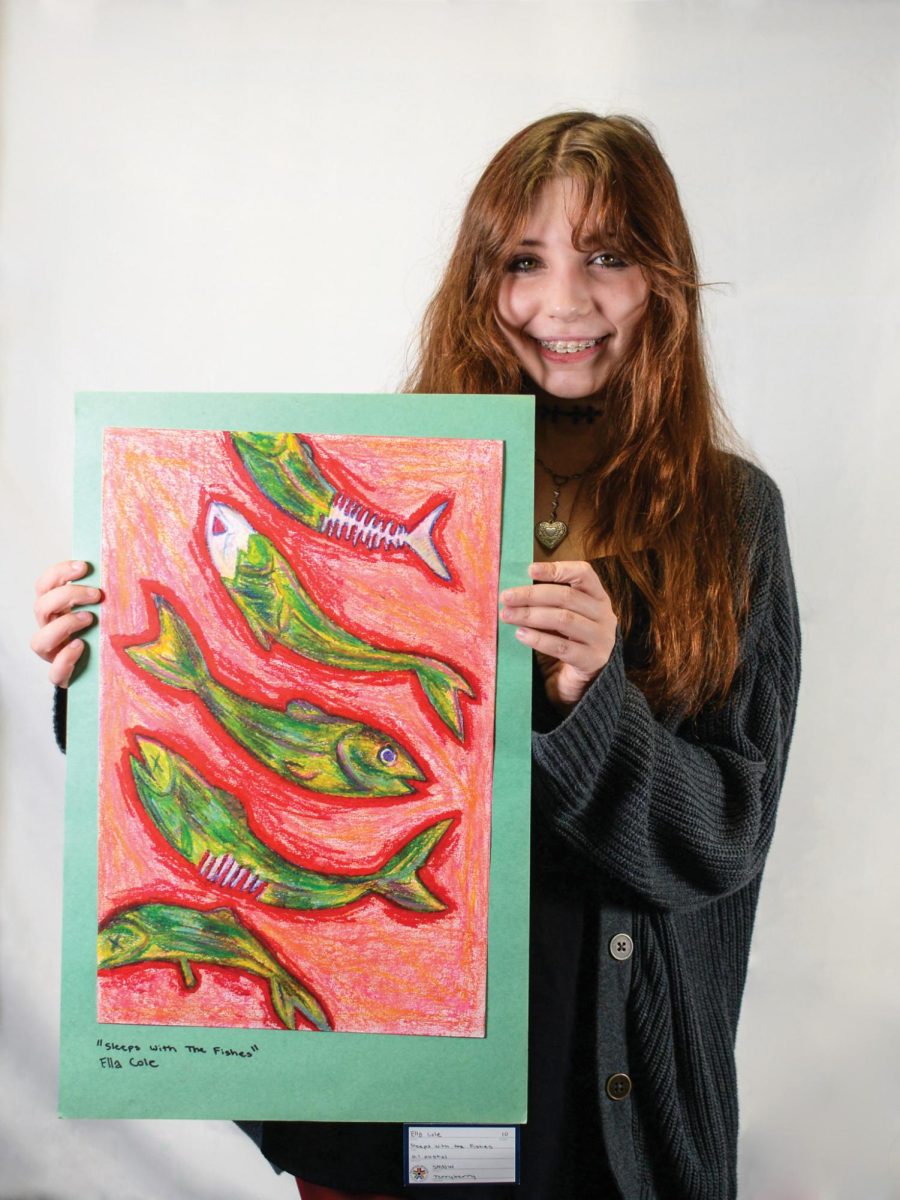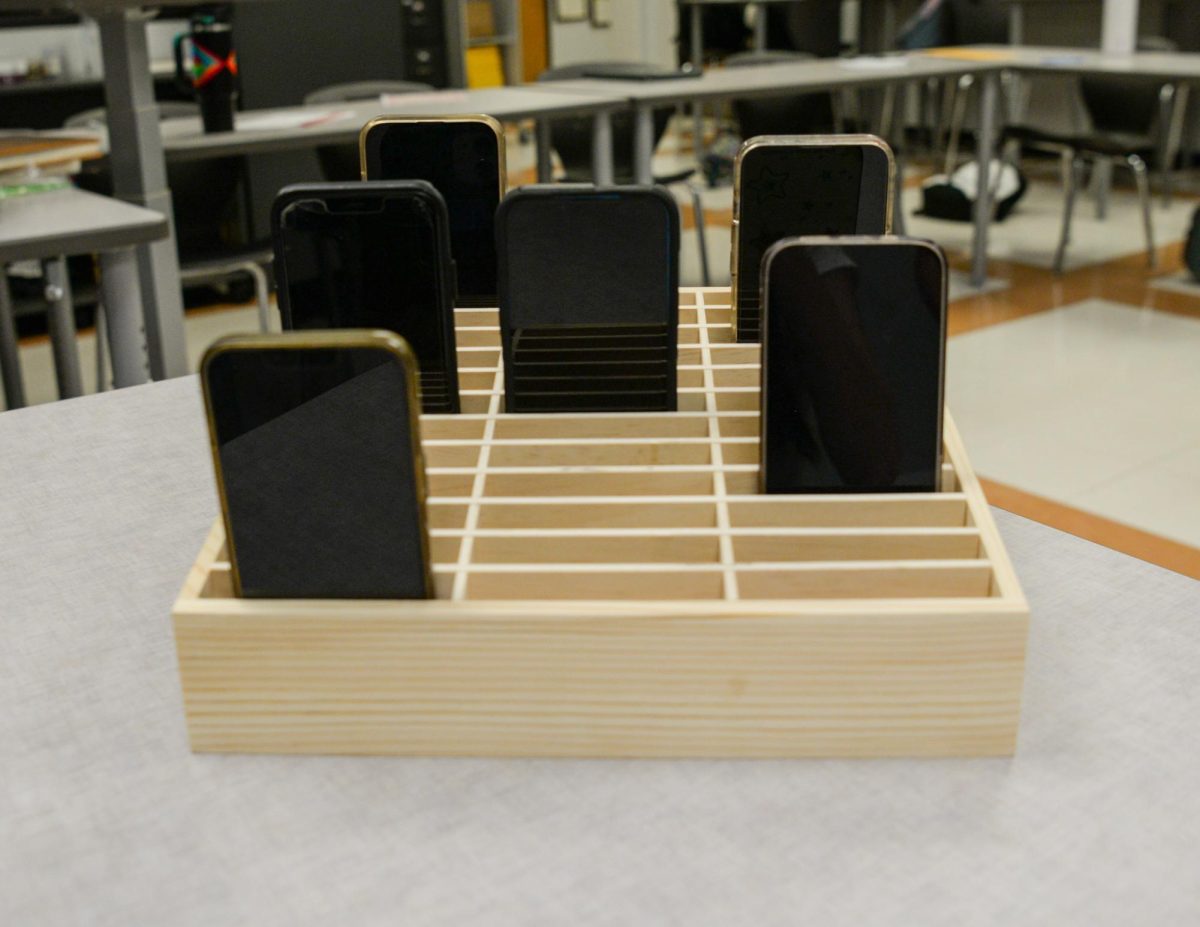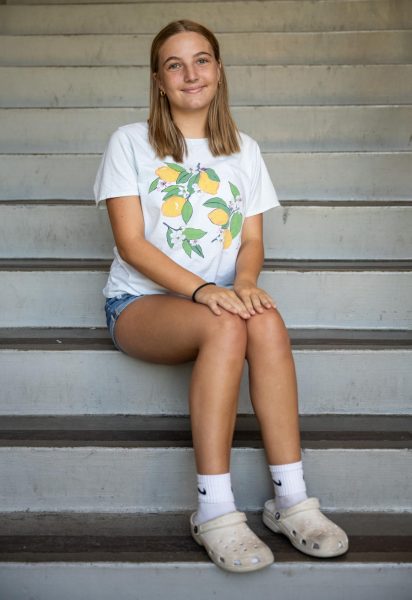While the movie “It Ends With Us” was heartfelt and hard to watch, did it have the same tragic effect as the book?
Jason Baldoni’s adaptation of Colleen Hoover’s “It Ends With Us” hit theaters on August 9, 2024.
While this isn’t Baldoni’s first movie he’s done from a book, he directed and produced “Five-Feet Apart”, I don’t think it’s his best one.
“It Ends With Us” follows main characters Lily Bloom and Ryle Kincaid, played by Blake Lively and Baldoni, through their relationship.
Bloom grew up with an abusive father and a mother who was too afraid to leave him. She moves to Boston the first chance she gets and only goes back for her father’s funeral.
Once Bloom and Kincaid get over themselves and start dating, they work pretty well together — they go on cute dates, make each other meals, and practically move in together. At least until Kincaid starts going down the same abusive landslide as Bloom’s father — with the black eye, concussion, and trip to the hospital, Bloom has to do everything she can to stop the cycle and get out.
But even with her best friend — Alyssa — in her corner, Bloom has to deal with her relationship with Kincaid — and how she’s supposed to leave the person she loves.
Baldoni’s adaptation is not without holes, but it’s still a decent transformation of Hoover’s book. How Baldoni has incorporated domestic violence, though, is not nearly the level that Hoover had.
Instead of making the scenes obvious acts of assault, Baldoni glossed over each scene by diverting the camera. It makes the movie feel as though it is directed towards younger girls who need a parental shield — defeating the purpose of the book.
When the book was published, Hoover was very open about how it reflected what she saw growing up with her parents. She wrote the book to tell people not to be afraid to speak up about domestic violence, and while Baldoni has made a film with a similar output — it’s not as touchy-feely.
If you haven’t read the book, it’s hard to understand why Bloom goes to the hospital. Nor do you fully get how hard it was for Atlas Corrigan, Bloom’s childhood homeless boyfriend, to grow up. Baldoni also gives you a flash of the letters a young Bloom was writing to Ellen Degeneres in a miscellaneous journal before instantly putting it away, while these letters could be full-on chapters in the book.
Hoover and Lively have been going on and on about how “cutsie” and almost rom-com the movie is. Lively encourages people through her TikToks to “grab your friends, wear your florals, and head out and see it” — it should be “grab your girls and your tissues.” A completely different outcome than it should have been.
There has also been a lot of controversy on how Lively has been promoting the movie and addressing domestic violence. Lively made her whole campaign around her hair, beverage, and clothing line. She has also avoided any questions in interviews revolving around the fanbase and how there could be encounters with survivors of domestic abuse and what she has to say about that.
Setting aside the cast and crew drama, this movie should not be considered a rom-com. It’s not an easy watch. And it’s not something that should be glossed over.
This movie and book give an insight into what living with domestic abuse is like. The whole point of the production should have revolved around that — and not the drama — still, I would rate this movie a 7/10.
While yes, the movie was not the same as the book, it was still good. I still cried and felt for Bloom and the characters in the movie. It just didn’t have all the aspects that I wanted from it.







